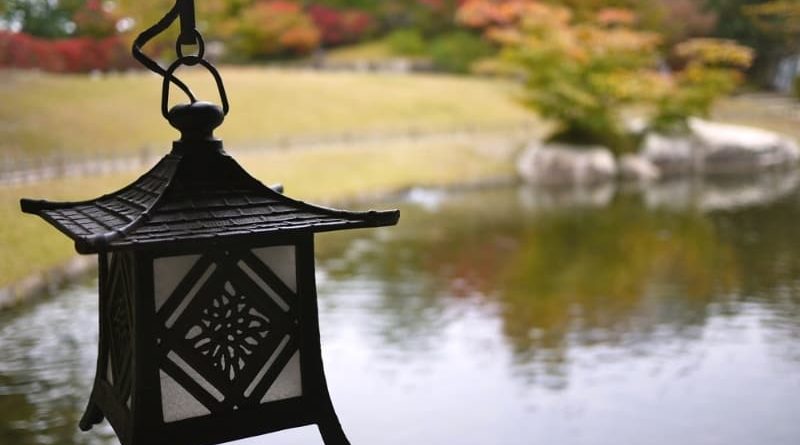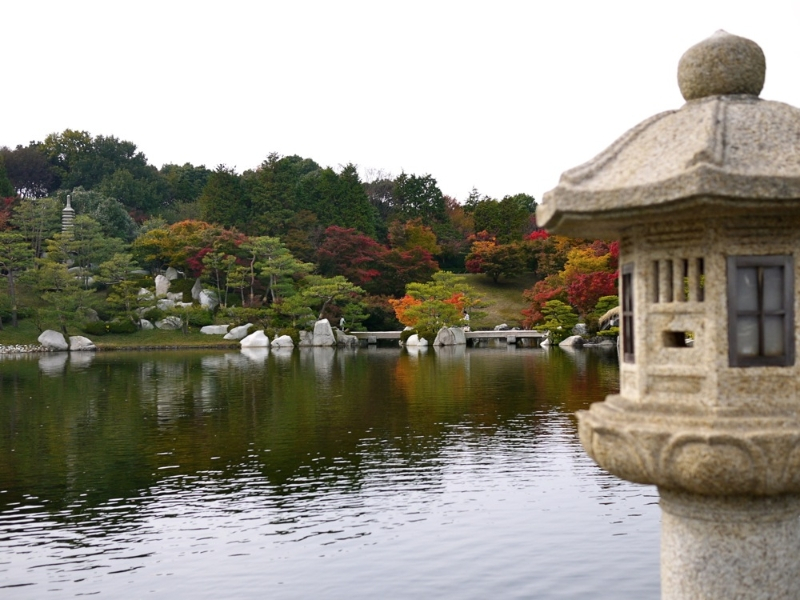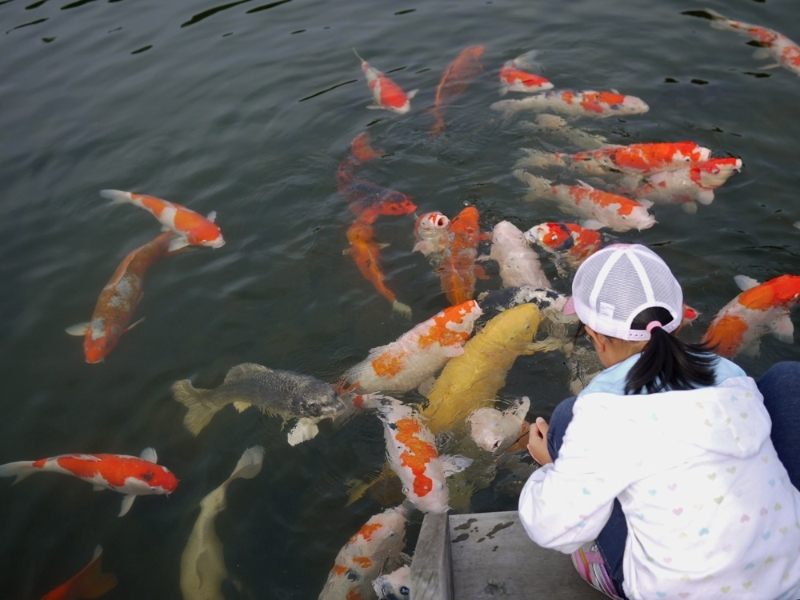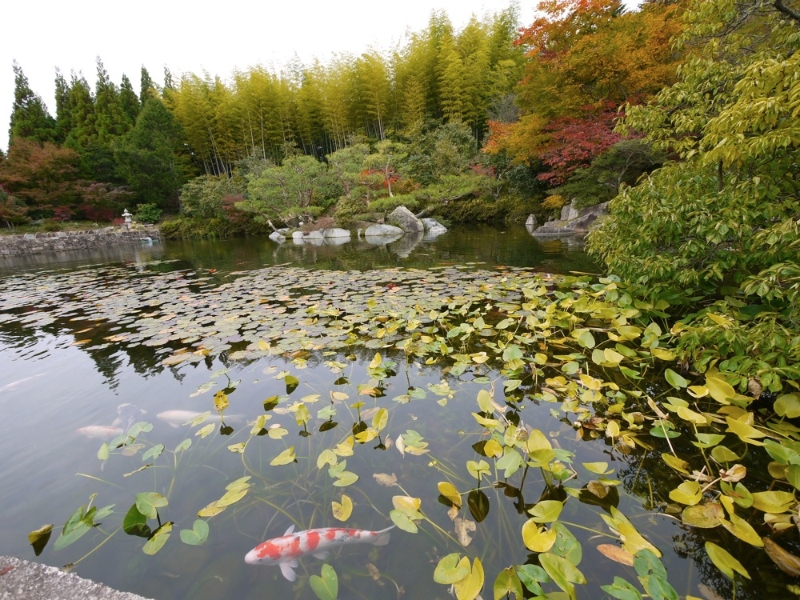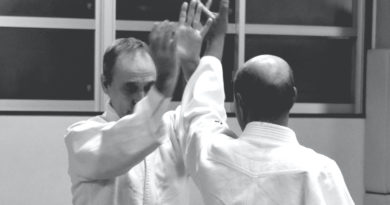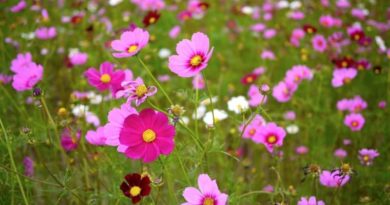Sankei-en Garden
While it doesn’t have the history of Shukkei-en garden in Hiroshima city, nor is it likely to make any top garden lists like Koroku-en in Okayama, Sankei-en is an expansive garden with very pleasant views.
All classical Japanese gardens are, by definition, man-made; but, built as part of the Hiroshima Airport development in 1993, here the human hand is more evident than at gardens with a longer history. That said, Sankei-en is beautifully landscaped, and if you have time to kill at Hiroshima Airport or its neighboring hotel, are in the area visiting Chuo Shinrin Koen Park, or just fancy a trip out of town, it is definitely worth an hour or so of your time.
The walk down to the park entrance via stone steps that curve between large rocks and emaculately manicured pine trees gets you in the mood; helping to put the fact that you’ve either come over from the airport or an uninspiring parking lot out of your mind.
Your first view of the garden itself is really quite impressive. The scale is quite grand and reminded me of the gardens at the Adachi Art Museum in Shimane Prefecture. These gardens are not behind glass, however, and, built in the circular walking style, are meant to be explored.
A long platform, based upon the hirabutai at Itsukushima Shrine on Miyajima extends from in front of the admission booth, shops and teahouse out into a large pond, the Ō-umi, which represents the Seto Inland Sea.
There are many large and colorful koi carp swimming in the pond. Feed pellets can be purchased for ¥100 a bag, and the feeding frenzy that ensues after throwing in a handful delights children and fascinates adults in equal measure.
The Ō-umi is one of the three landscapes represented in miniature that give the the garden its name which literally means “three views”. The others are representations of mountain and country village landscapes. Many lovely plants, trees and flowers line the path that circumnavigates the pond and there are a couple of delightful bridges that cross over the water on the far side.
The garden climbs up the hillside were you will find the lovely momiji-dani (maple valley), an ume plum tree garden and the small Satono-ike pond which is backed by a large bamboo grove. Here, benches on a small patch of well-manicured grass look over the garden below. It is a nice spot, but being able to see over the garden walls out to the airport breaks the atmosphere somewhat; it is kind of cool to see a 747 taking off over a classical Japanese garden though. Paths lead further back still up either side of a narrow valley up to Sandan-no-taki falls and the trees here are gorgeous in the autumn when the leave turn fiery red.
Throughout most of the year, there are blooms, blossoms and to enjoy, and in the winter, the garden looks very impressive after a snowfall. The pamphlet available at the ticket office offers a basic, but perfectly sufficient explanation in English as well as a clear and easy to follow guide map.
Opening hours:
April-September 09:00-18:00 (until 19:00 Saturday, Sunday & National Holidays May-August)
October-March 09:00-17:00 (until 19:00 Saturday, Sunday & National Holidays in March)
Admission:
Adults ¥250 (*300)
Children over 6 ¥120 (*¥150)
*during flower & maple festivals
Address: 64-24 Zennyuzi, Hongo-cho, Mihara-shi, Hiroshima-ken, 729-0416
Tel: 0848-86-9200
Email: sankeien@chuo-shinrin-koen.or.jp”
URL: http://www.chuo-shinrin-koen.or.jp
View Sankei-en Garden in a larger map
Access:
Sankei-en Garden is literally across the street from Hiroshima Airport so these easiest way to get there is by Airport Limousine Bus from Hiroshima Shinkansen Station or Hiroshima Bus Center. It is also 13 minutes by bus from Shiraichi JR Station or 35 minutes by bus from Mihara JR Station.


